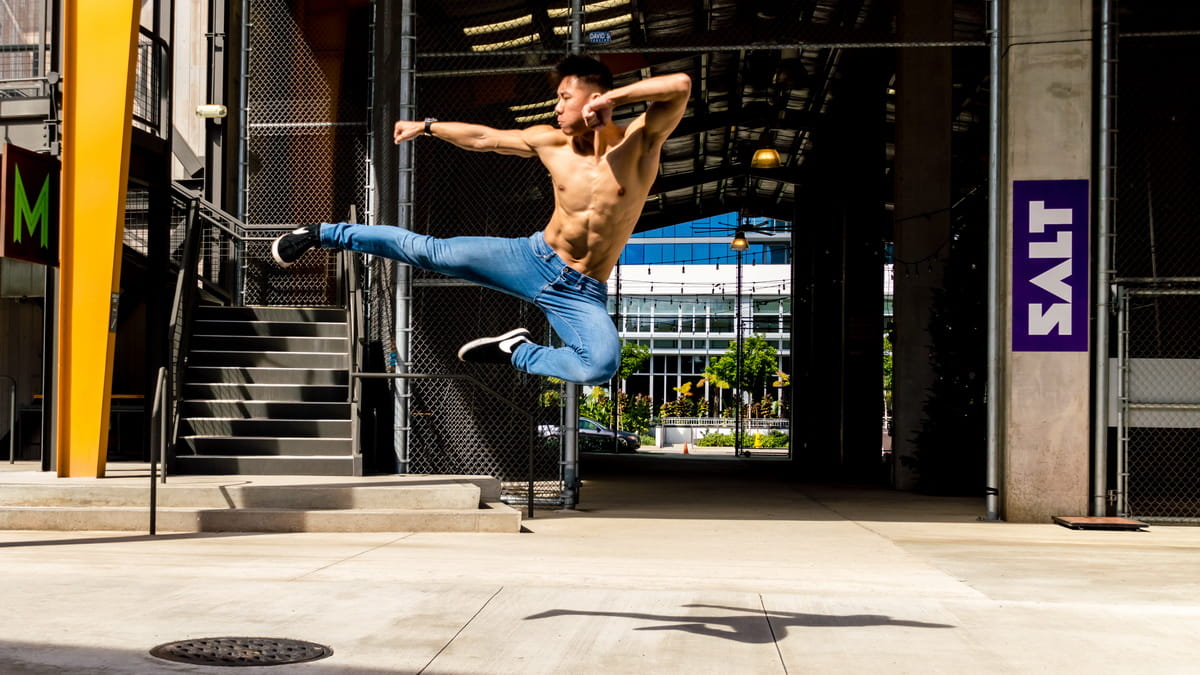So, you think you know martial arts? Sure, you’ve heard of Bruce Lee and perhaps even tried a karate chop or two. But the realm of martial arts is vast, ancient, and full of surprises. For instance, did you know that the term “karate” translates to “empty hand”? Or that the high-flying kicks of Taekwondo are so dynamic they’ve earned a spot in the Olympic Games?
And here’s a fun tidbit: while martial arts techniques can be fierce, many disciplines emphasize peace, harmony, and self-reflection above all else. Intrigued? Buckle up, as we journey through 25 fun facts about martial arts that’ll kick your knowledge into high gear!
1. Karate’s Literal Translation: It’s All About the Empty Hands
“Karate,” when dissected, translates directly from Japanese as “empty hand.” Stemming from the RyuKyu Kingdom in Okinawa, this art form developed when commoners were prohibited from carrying weapons, forcing them to optimize their bodies for defense.
With its roots in unarmed combat, karate techniques emphasize precision, power, and making every limb count – truly capturing the essence of “fighting with empty hands.”
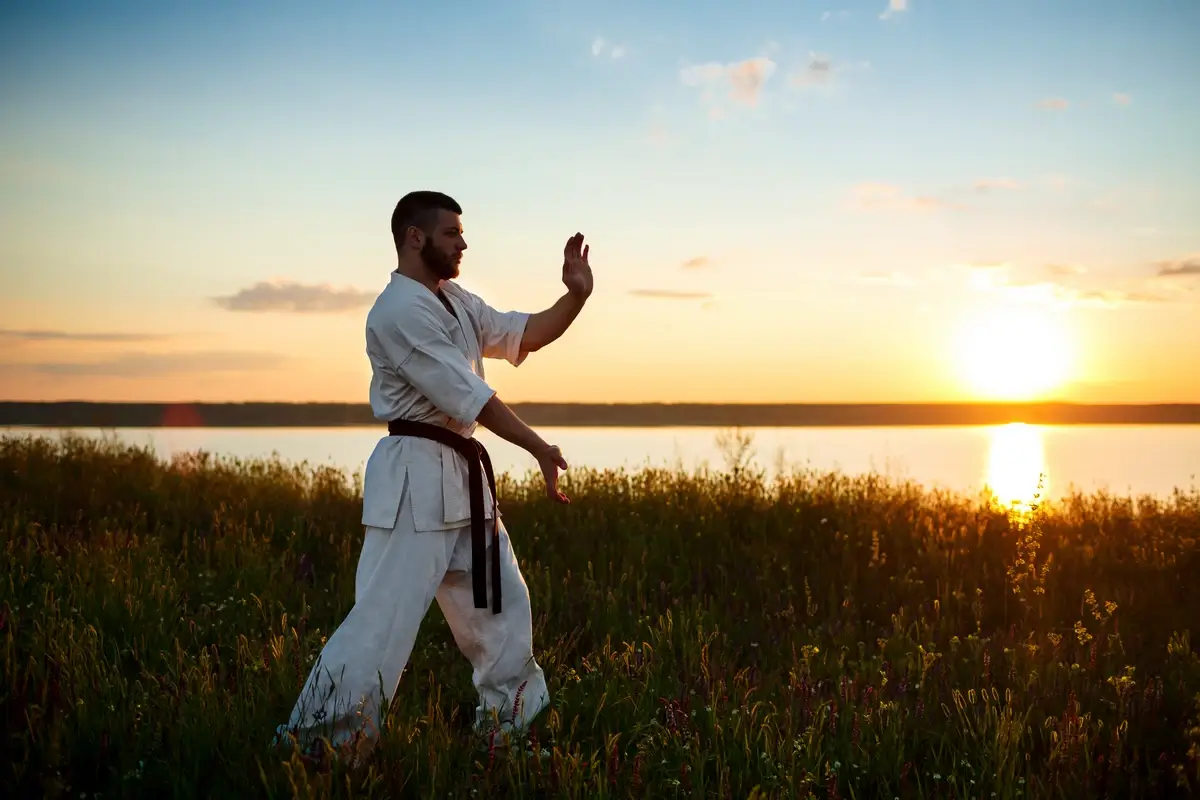
Image by cookie_studio / Freepik
2. Taekwondo’s High-Flying Action: More than Just Punches and Kicks
Originating from Korea, “taekwondo” amalgamates “tae” (foot), “kwon” (fist), and “do” (path), painting a vivid picture of its essence. Beyond its punches and kicks, this martial art distinguishes itself with high-flying spins and acrobatic kicks.
Making its Olympic debut in 2000, taekwondo’s athletic and dynamic nature has led it to be practiced by millions worldwide, from children to competitive athletes.
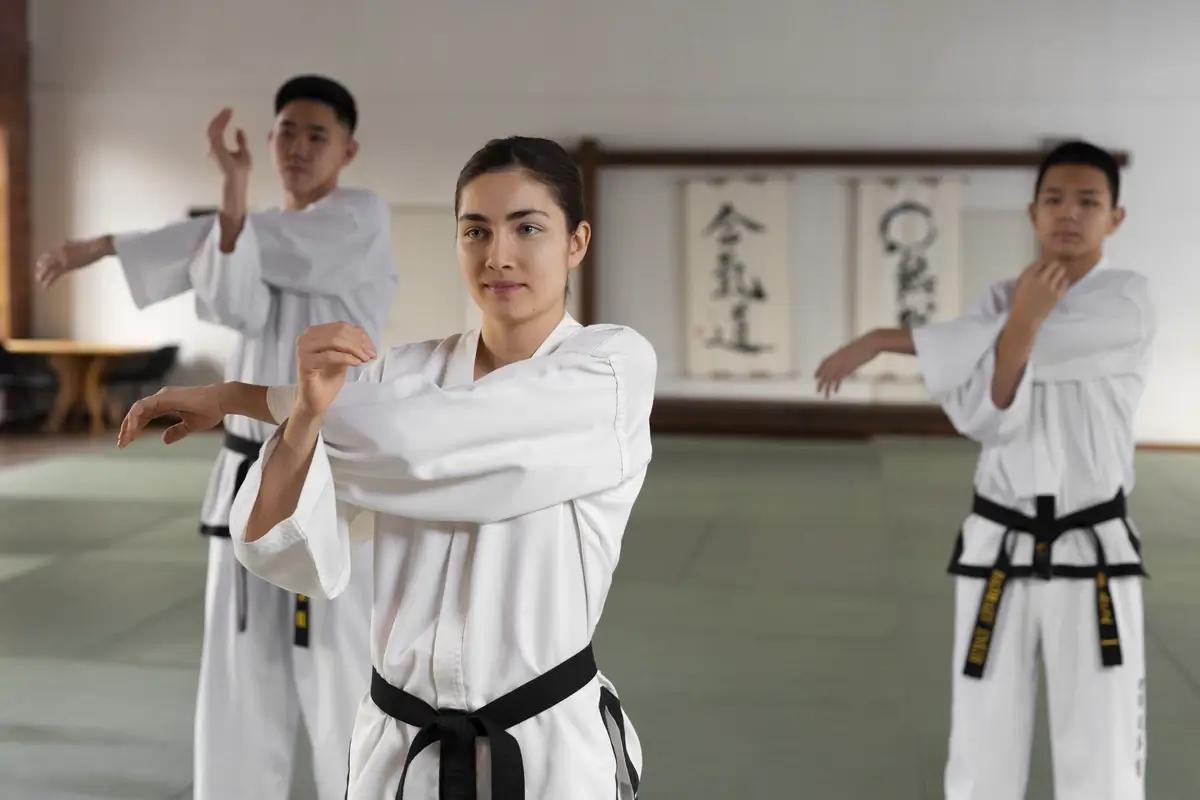
Image by Freepik
3. Bruce Lee: Not Just a Martial Artist, but a Philosopher
Bruce Lee, the cinematic martial arts icon, was also an astute philosopher. While captivating audiences with his high-octane fights, off-screen, he was penning reflections on martial arts, life, and self-mastery.
Jeet Kune Do, Lee’s brainchild, isn’t just a fighting style. It’s a life philosophy, emphasizing adaptability and fluidity, encapsulated in his famous saying: “Be water, my friend.”
4. Martial Arts in Zurich: Switzerland’s Unexpected Fighting Hub
Surprisingly, Zurich, the world’s banking nucleus, also pulses with martial arts energy. Over the past two decades, the city has seen an uptick in martial arts schools, workshops, and international events.
From karate to Brazilian jiu-jitsu, Zurich’s diverse martial arts landscape showcases how these ancient practices find modern homes, even amidst the snowy Alpine backdrop.
5. The Ancient Roots: Martial Arts Date Back Thousands of Years
Martial arts, in one form or another, have existed for millennia. In fact, the earliest evidence of a structured fighting system dates back to around 3,000 B.C., depicted in Egyptian tomb paintings. These ancient frescoes showcase moves remarkably similar to modern judo and wrestling. Meanwhile, in China, the first recorded training routines appeared in the Classic of Rites from the 1st millennium BCE. The Indian epic, Mahabharata (circa 400 BCE), details warriors proficient in unarmed combat techniques.
Each civilization infused its unique flavor into martial arts, demonstrating the global appeal and necessity of combat skills through the ages.
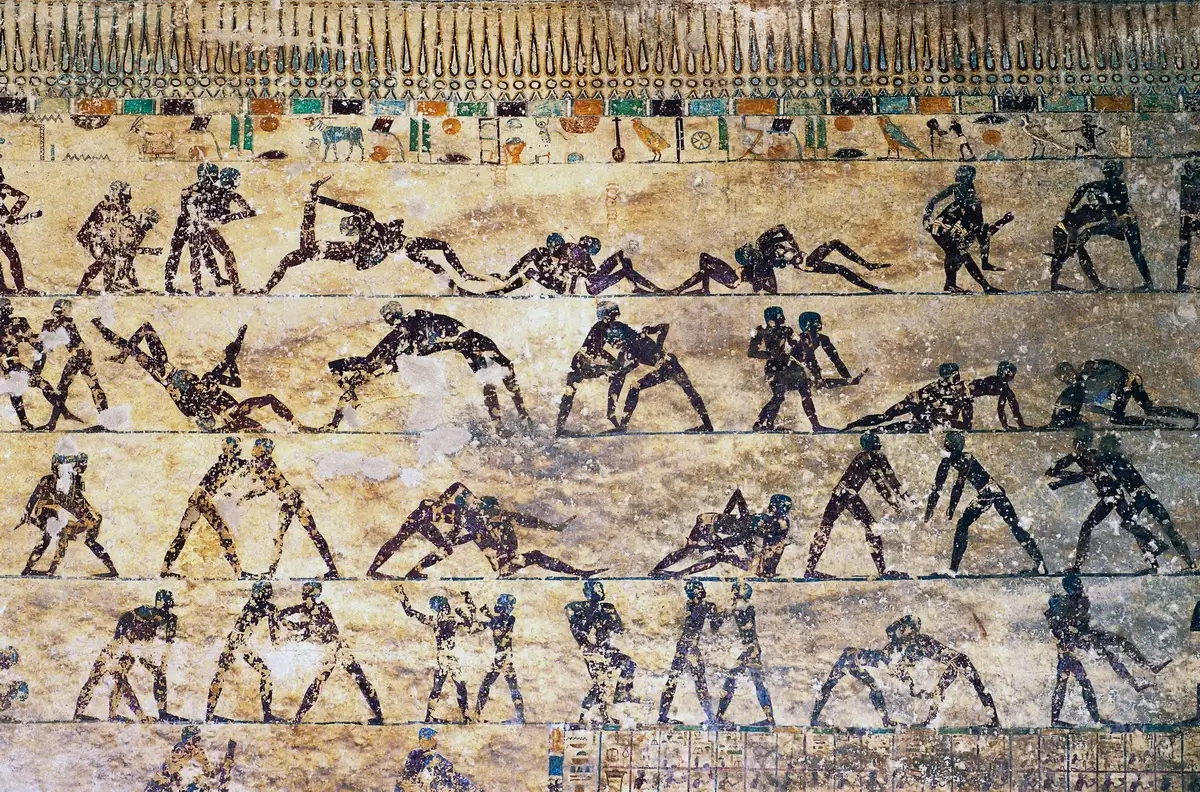
Image source: media.immediate.co.uk
6. Japan’s Influence: From Samurai to the World Stage
Japan has been a cornerstone for martial arts, shaping disciplines that are revered globally. One cannot discuss Japanese martial arts without acknowledging the samurai, greatest warriors who lived by the Bushido code, emphasizing honor, discipline, and loyalty. From this warrior class emerged martial forms like Kendo. Fast forward, disciplines like Judo, developed by Jigoro Kano in the late 19th century, aimed to harness martial techniques into paths of personal growth.
These arts aren’t just about combat; they intertwine physicality with a philosophical quest, making each move a step closer to enlightenment.
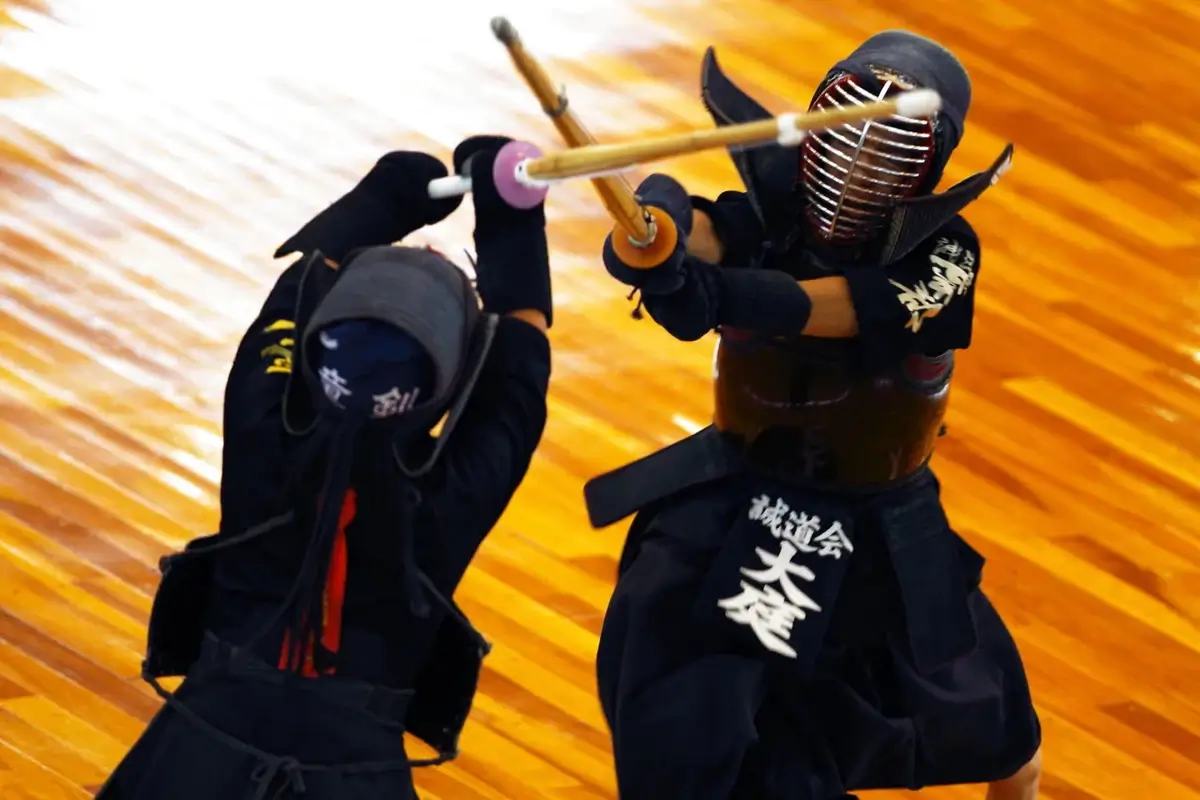
Image source: royumi.com
7. Martial Arts and Health: Not Just for Fighting
Martial arts’ allure doesn’t just rest in combat efficiency; it’s a prescription for holistic health! A study published in the British Journal of Sports Medicine highlighted martial arts’ role in cardiovascular fitness and muscle endurance enhancement. But there’s more. Engaging in disciplines like Tai Chi has shown potential in improving cognitive functions and reducing anxiety, according to research in the Journal of Cognitive Enhancement.
So, martial arts aren’t just about dodging punches; they’re tools, fostering both physical and mental well-being, making practitioners combat-ready for life’s myriad challenges.
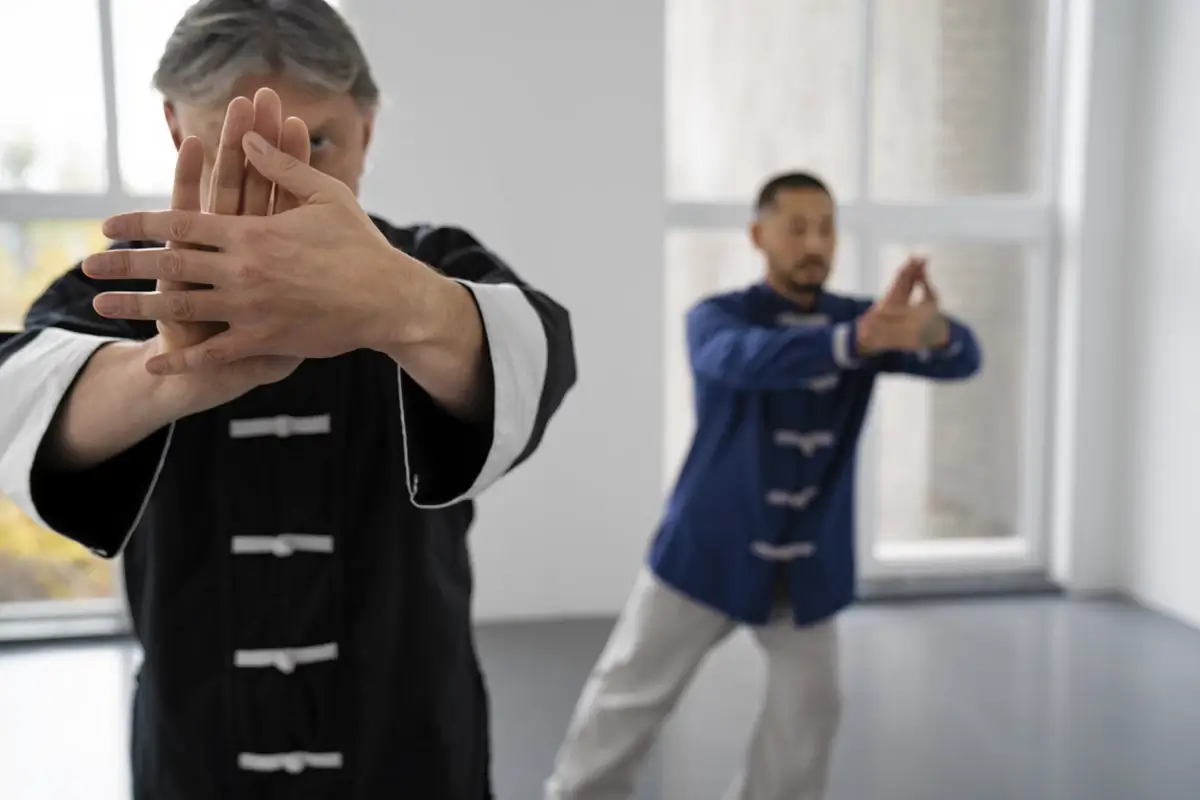
Image by Freepik
8. Different Flavors of Fighting: The Many Types of Martial Arts
The martial arts landscape is vast and varied, with over 170 recognized types worldwide! From the powerful strikes of Muay Thai in Thailand to the graceful movements of Capoeira in Brazil, each art tells a unique story about its country of origin. For instance, while Judo, a Japanese martial art, focuses on throws and groundwork, Krav Maga from Israel is rooted in real-world self-defense scenarios.
This rich tapestry of different types of martial arts has evolved over centuries, reflecting local cultures, histories, and philosophies. It’s a fascinating journey that explores humanity’s varied approaches to combat and self-expression.
9. Kung Fu in China: Not Just a Panda’s Game
Originating from China, Kung Fu (or Wushu) has a history spanning over 4,000 years! Beyond the animated antics of Po, the Panda, Kung Fu has deep philosophical roots intertwined with Taoism and Buddhism. Did you know the famed Shaolin monks practiced Kung Fu not just for self-defense, but as a form of spiritual discipline? Moreover, the term “Kung Fu” doesn’t just refer to martial prowess; it translates to “skill achieved through hard work.”
This art form isn’t merely about flashy moves. It embodies a journey of dedication, discipline, and the quest for mastery.
10. The Real Meaning Behind “Black Belt”: More Than Meets the Eye
The coveted black belt: a symbol of mastery in martial arts. But did you know in the 16th-century Japanese martial art traditions, practitioners actually started with a white belt, which naturally became dirtier with practice, eventually turning black? Today, the black belt represents a student’s proficiency, but it’s not the end. In many disciplines, there are degrees or Dans within the black belt, marking a practitioner’s journey of continuous learning.
This iconic fabric is more than an accessory. It represents dedication, years of sweat, and a commitment to the art.
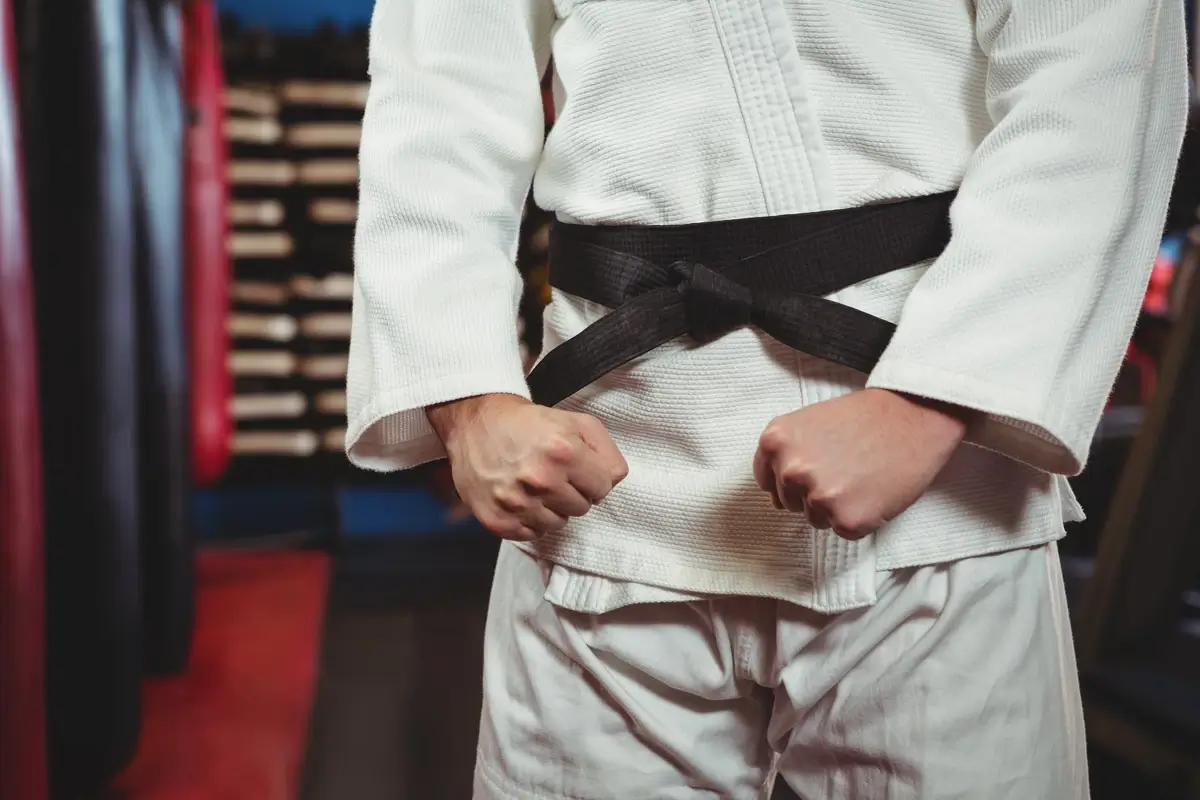
Image by wavebreakmedia_micro / Freepik
11. The Little Warriors: Kids in Martial Arts
Today, over 6.8 million kids in the U.S. alone practice martial arts, and the number is growing! Introducing kids to martial arts can boost their self-esteem, discipline, and physical health. Historical records even show that ancient civilizations had combat training for the young, preparing them for the challenges of adult life.
But beyond just punches and kicks, these little warriors learn life skills, from respecting others to facing failures and bouncing back stronger. It’s not just about fighting; it’s about molding the future generation.
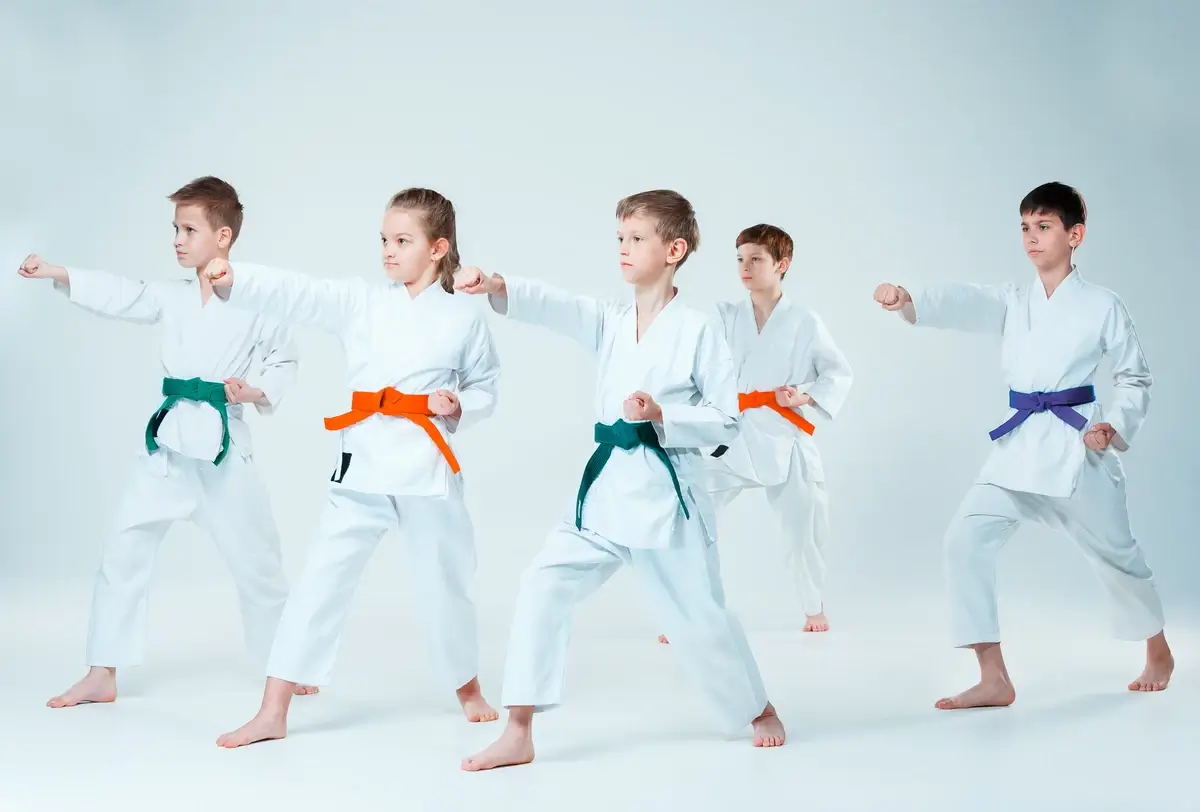
Image by master1305 / Freepik
12. Martial Arts in Pop Culture: From Bruce Lee to MMA
Martial arts and pop culture have been hand in hand for decades, creating iconic moments that remain etched in our collective memory. Bruce Lee, with his legendary speed and charisma, brought martial arts to Hollywood’s limelight in the 1970s. Fast forward to today, and the Mixed Martial Arts (MMA) craze has taken over the globe, with the UFC becoming a household name. Movies, video games, and even comic books have drawn inspiration from martial arts, showcasing its appeal and influence.
From the silver screen to the octagon, martial arts continue to shape, inspire, and entertain generations across the world.
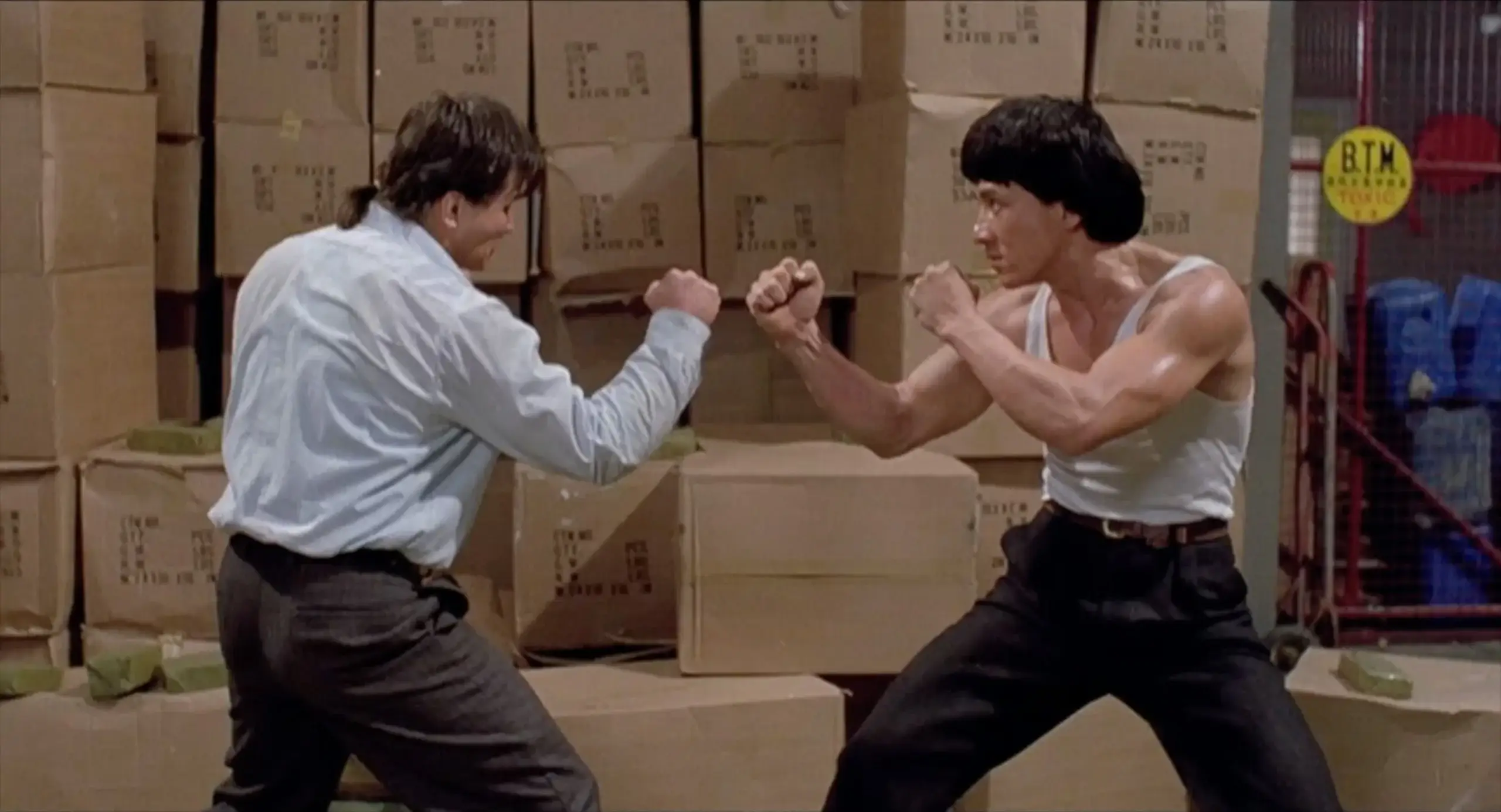
Image source: digg.com
13. The World Championships: Where Martial Arts Elites Meet
Annually, thousands of martial artists from all corners of the globe gather to showcase their skills and compete for the title of world champion. The World Martial Arts Championships are not just a competition; they’re a convergence of cultures, techniques, and spirits. Historical records indicate that even ancient civilizations had their form of martial competitions, proving the timeless allure of these events.
For participants, it’s more than just winning a gold medal. It’s about honor, respect, and the eternal quest for self-improvement and mastery.
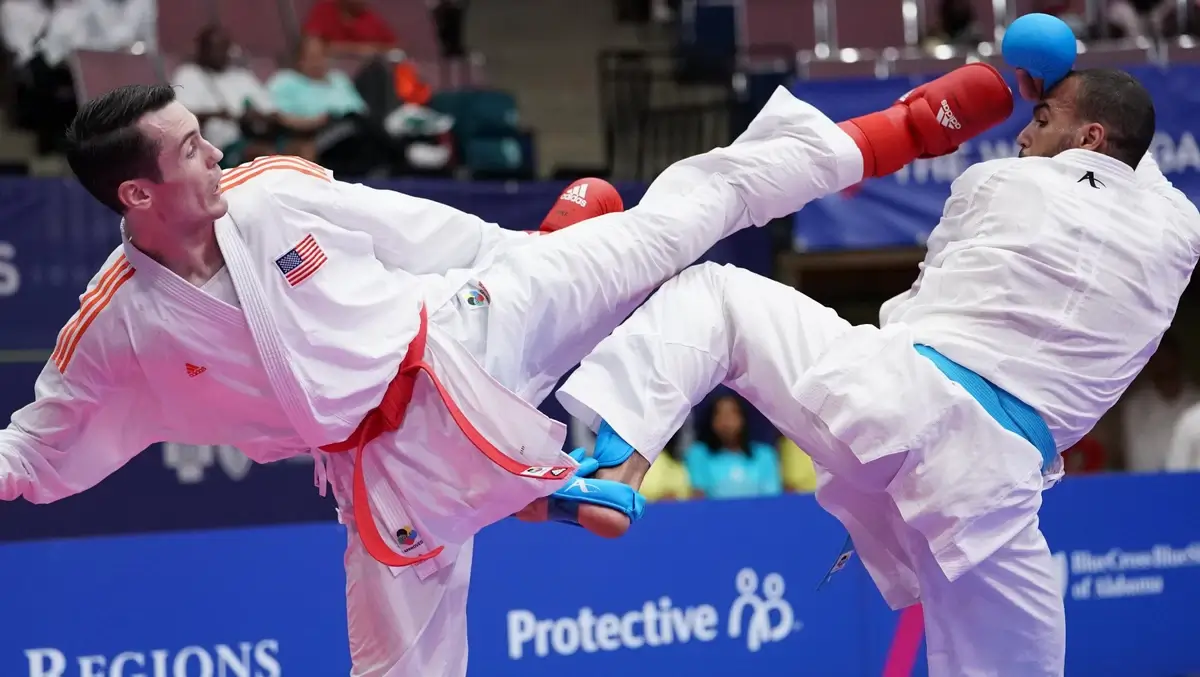
Image source: wkf.net
14. Women in Martial Arts: Breaking Stereotypes
While martial arts have historically been male-dominated, the narrative is swiftly changing. Women, from legendary figures like Judo world champion Ronda Rousey to the countless instructors and practitioners worldwide, are reshaping the landscape. In fact, as of 2023, women constituted approximately 35% of all martial arts practitioners in the USA!
Challenging norms and breaking barriers, these fierce females prove that martial arts is a realm where skill and spirit reign supreme, regardless of gender.

Image source: fightmag.com.au
15. The Spiritual Side: It’s Not Just About Physical Fighting
While the dazzling displays of physical prowess in martial arts are evident, there’s a deeper, more profound layer often overlooked: the spiritual essence. Rooted in ancient philosophies, many martial arts emphasize inner peace, balance, and a connection to the universe. For instance, Tai Chi, originating from China, melds meditation with movement, focusing on the flow of life force or “Qi”.
This spiritual dimension underscores that martial arts isn’t merely about defeating an opponent. It’s a path of self-discovery, harmony, and enlightenment.
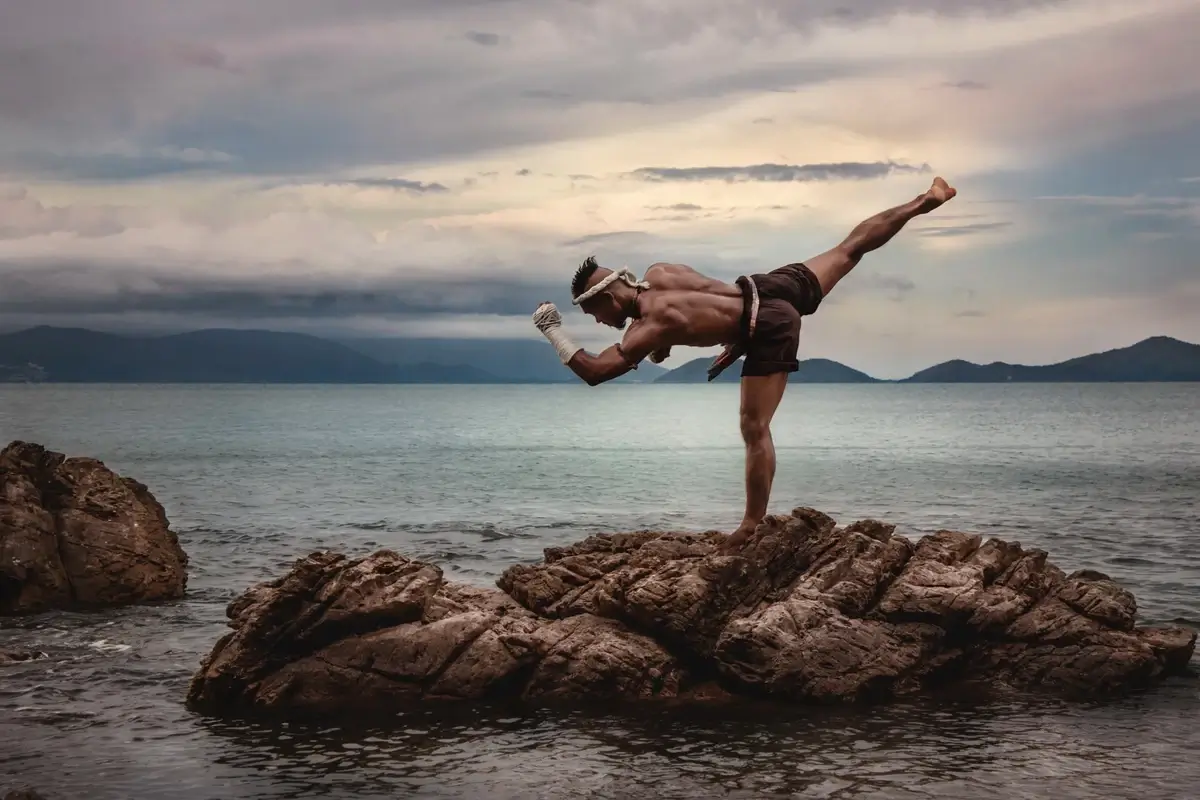
Image source: rosphoto.com
16. Unique Martial Arts: From Dancing to Stick Fighting
Diverse cultures have birthed equally diverse martial arts! Take Capoeira, for instance – an Afro-Brazilian art form that melds dance, acrobatics, and music. It was developed by enslaved Africans in Brazil as a means to disguise their combat training. Meanwhile, in the Philippines, Arnis or stick fighting shines as a testament to the nation’s history, using sticks as an extension of the warrior’s hand.
These unique martial arts styles highlight the incredible tapestry of human creativity and the myriad ways we’ve found to express, defend, and dance through our challenges.
17. The Speed of a Fight: Blink and You Might Miss It
The lightning speed of martial arts is legendary! Scientific studies have clocked elite martial artists throwing punches in less than a tenth of a second. Bruce Lee’s famous one-inch punch demonstrated the explosive power that can be generated in mere milliseconds.
This incredible speed isn’t just about raw power. It’s a combination of years of training, muscle memory, and a deep understanding of biomechanics. So, the next time you watch a martial arts match, remember – there’s a lifetime of dedication behind that swift strike!
18. From the Movies to Reality: Hollywood’s Take on Martial Arts
Hollywood has had a long-standing love affair with martial arts. Films like “Enter the Dragon” and “Crouching Tiger, Hidden Dragon” have not only entertained but also introduced millions to the world of martial arts. While the silver screen often adds its flair, the underlying techniques are rooted in centuries-old traditions.
However, it’s essential to distinguish between cinematic representation and real-life applications. While movies amplify the drama, the true essence of martial arts lies in discipline, respect, and continuous learning.
19. The Gentle Art of Jiu-Jitsu: There’s Power in Softness
Jiu-Jitsu, often termed the “gentle art,” emphasizes using an opponent’s energy against them. Originating from feudal Japan, this martial art focuses on grappling and ground techniques. Instead of brute strength, practitioners employ leverage, balance, and technique to subdue their opponents.
It’s a vivid example of how martial arts teach more than just combat – they teach life principles. In Jiu-Jitsu’s case, it’s a reminder that power doesn’t always come from sheer force. Sometimes, yielding, redirecting, and understanding are the keys to victory.
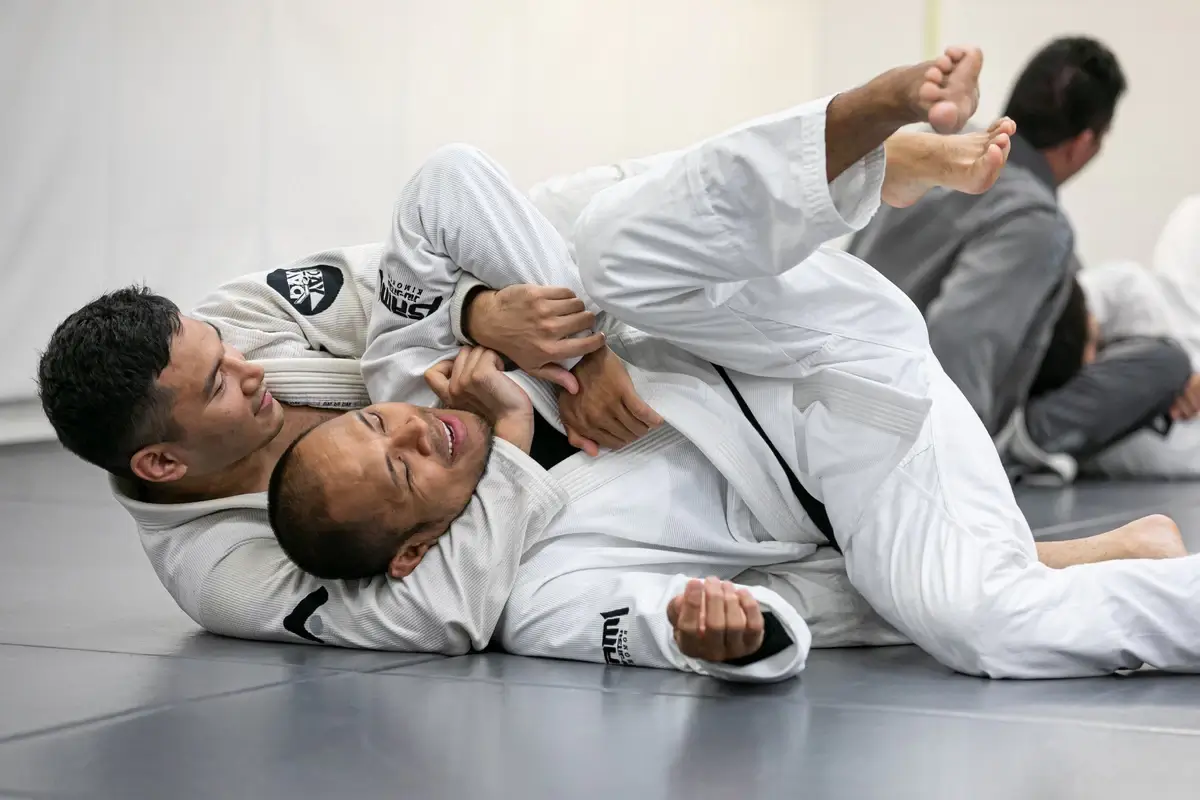
Image source: manojiujitsu.com
20. Martial Arts Uniforms: More Than Just an Outfit
When you think of martial arts, the iconic uniforms – whether the karate gi, the judo kimono, or the taekwondo dobok – might spring to mind. But these are not mere fashion statements! Rooted in tradition, these uniforms are meticulously designed for functionality, representing discipline and respect. In ancient times, the quality and cleanliness of a martial artist’s uniform reflected their dedication and status in the dojo.
Each fold, color, and even the way the belt is tied carries significance, making these uniforms a silent yet profound testament to the martial artist’s journey.
21. The Philosophy of Fighting: Deep Thoughts Behind Punches
At its core, martial arts isn’t just about physical combat. Dive deep, and you’ll discover a world rich in philosophy and wisdom. Concepts like Bushido, the way of the samurai, stress honor, and integrity. Meanwhile, the Taoist principles in Tai Chi champion harmony and balance.
These teachings illuminate the deeper layers of martial arts, revealing that every punch, kick, and block is infused with centuries of thought. It’s a testament to how these arts are holistic life philosophies, not just fighting systems.
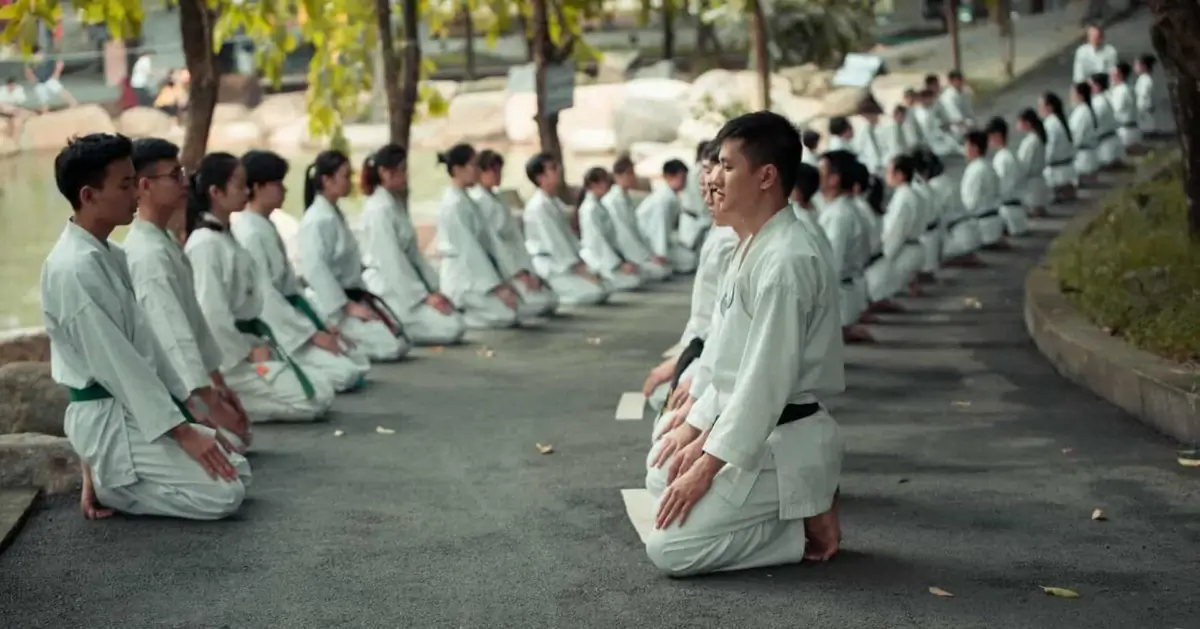
Image source: wayofmartialarts.com
22. Kicking High: The World Record for the Highest Kick
Now, here’s a fun fact to knock your socks off: The world record for the highest martial arts kick is a staggering 11 feet 2 inches, achieved by Ahmed Majeed in 2016. That’s equivalent to kicking something higher than a standard basketball hoop!
These record-breaking feats showcase the incredible physical capabilities honed through martial arts, where boundaries are continuously pushed, redefining what’s possible for the human body.
23. Martial Arts and Meditation: A Perfect Combo
Martial arts and meditation might seem like polar opposites – one dynamic and explosive, the other calm and introspective. However, they share a deep connection. Both strive for inner peace, clarity, and mastery over one’s mind. Many traditional martial arts incorporate meditation as a crucial component, using it to sharpen focus, reduce anxiety, and attain mental equilibrium.
In essence, the fusion of martial arts and meditation epitomizes the balance of Yin and Yang – the harmonious interplay of opposites.
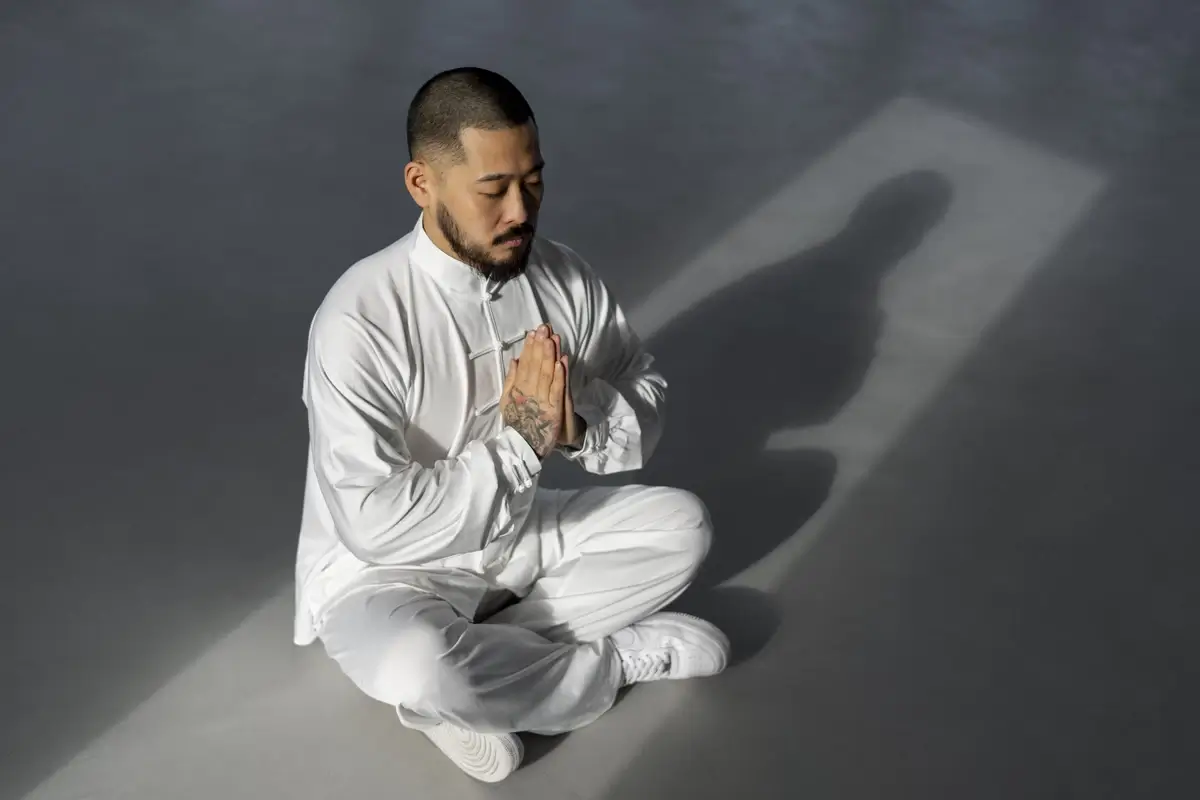
Image by Freepik
24. Weapons in Martial Arts: From Nunchucks to Katanas
Weapons have been integral to martial arts for centuries, offering an extension of a practitioner’s body and skills. From the swift, spinning nunchucks popularized by Bruce Lee to the revered katana, the samurai sword synonymous with honor and precision, each weapon has a tale to tell. The Bo staff, for instance, was historically used by Okinawan farmers as a tool but was adapted for self-defense against oppressors.
These weapons, beyond their combat utility, often embody the spirit and philosophy of the martial art they represent, making them icons in their own right.
25. The Evolution of Martial Arts: Adapting to Modern Times
Martial arts have undergone tremendous evolution, continually adapting to changing societal contexts. From ancient battlefields to modern dojos, and now the octagons of MMA, these arts have showcased their resilience and versatility. In recent decades, there’s been a surge in hybrid martial arts, which blend techniques from various disciplines. For instance, Brazilian Jiu-Jitsu, a fusion of Judo and traditional Jiu-Jitsu, became globally recognized after its effectiveness was demonstrated in early MMA competitions.
As societies change and new challenges arise, martial arts persist, proving their timeless relevance and echoing the adaptability of the human spirit.
FAQ
How many martial arts are there?
Estimating the exact number of martial arts worldwide is challenging due to the myriad of styles and their derivatives. However, it’s safe to say there are hundreds. From well-known disciplines like Karate, Judo, and Taekwondo to lesser-known arts like Silat, Capoeira, and Krav Maga, the diversity is vast. Additionally, many countries have their indigenous fighting systems, adding to the global count.
Who invented martial arts history?
Martial arts don’t have a single inventor. Instead, they evolved organically in various cultures as systems for self-defense, warfare, and personal growth. For instance, wrestling practices are seen in ancient Egyptian tomb paintings, while Asian martial arts can trace their roots to ancient Indian, Chinese, and Japanese combat techniques.
What is the true meaning of martial arts?
While the term “martial” derives from Mars, the Roman god of war, martial arts are not solely about combat. At their core, they encompass a balance of mind, body, and spirit. They teach discipline, respect, perseverance, and self-awareness, often aiming for personal growth, inner peace, and holistic well-being beyond just physical prowess.
Who is king of martial art?
Bruce Lee is often referred to as the “King of Martial Arts.” His incredible speed, precision, and power, combined with his philosophy of adaptability (“Be water, my friend”), revolutionized martial arts. His approach to combat and his creation of Jeet Kune Do inspired countless martial artists and cemented his legendary status.
How many belts are there in martial arts?
The number of belts varies among different martial arts and their schools. In general, systems like Karate and Taekwondo have a progression that includes white, yellow, green, blue, brown, and black belts, with additional intermediate stages and degrees of black belts. However, other arts like Brazilian Jiu-Jitsu have their unique belt systems.
Who is the strongest martial artist in history?
Determining the “strongest” martial artist in history is subjective and can depend on criteria like physical strength, skill, influence, or undefeated records. While Bruce Lee is a popular choice due to his global impact and prowess, others like Mas Oyama, founder of Kyokushin Karate, are renowned for their incredible strength and feats.
What is another word for martial arts?
Several synonyms or related terms exist for martial arts, including combat arts, fighting systems, and combat sports. However, the specific term often depends on the context and the particular discipline or technique being referred to.
Why is martial arts important?
Martial arts offer a plethora of benefits beyond self-defense. They instill discipline, enhance physical and mental health, foster self-respect and respect for others, and build character. Additionally, many find martial arts to be a spiritual journey, providing tools for self-discovery and personal growth.
What is the oldest martial arts known to man?
While it’s challenging to pinpoint the oldest martial art, evidence suggests that wrestling might be among the earliest forms of combat sports. Ancient cave paintings, such as those in Mongolia, and Egyptian tomb artwork from around 2000 BCE depict wrestling techniques.
What is called the mother of all martial arts?
Kalaripayattu, an ancient martial art from the southern Indian state of Kerala, is often referred to as the “mother of all martial arts.” Dating back to the 3rd century BCE, it incorporates strikes, kicks, weaponry, and healing techniques. Some historians believe it influenced the development of later Asian martial arts through the spread of Buddhist monks and traders.


